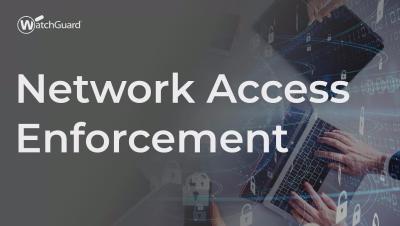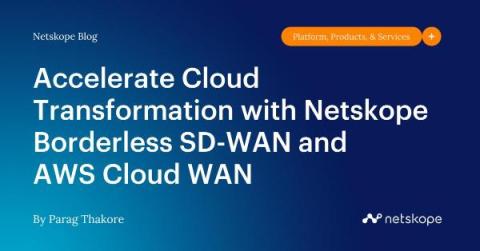Networks
6 reasons why your company needs a firewall
The growing network perimeter is a fact of life. Attacks on corporate networks can take many forms, such as viruses, backdoors, denial of service (DoS) attacks, macros, remote logins, phishing emails, social engineering, and spam. In this evolving threat landscape, firewalls continue to play a key role in securing our networks and devices.
What you should know about VPN audits
The main reasons internet users choose to use a virtual private network (VPN) are to protect their online identity and bypass geo-restrictions. Cybercrime is on the rise and is expected to grow each year – the largest breach of 2023 so far occurred on Twitter. For those who reside in countries where internet freedom is lacking, a VPN is necessary to access certain content, and privacy is crucial. The rise in cybercrime has resulted in increased supply and demand in the VPN market.
Improve Your Network Security Posture with Network Access Enforcement
5 Types of Firewalls for Enhanced Network Security
Firewalls form the first line of defense against intrusive hackers trying to infiltrate internal networks and steal sensitive data. They act as a barrier between networks, clearly defining the perimeters of each. The earliest generation of packet-filter firewalls were rudimentary compared to today’s next-generation firewalls, but cybercrime threats were also less sophisticated. Since then, cybersecurity vendors have added new security features to firewalls in response to emerging cyber threats.
The Application Migration Checklist (Updated for 2024)
All organizations eventually inherit outdated technology infrastructure. As new technology becomes available, old apps and services become increasingly expensive to maintain. That expense can come in a variety of forms: Cloud computing is one of the most significant developments of the past decade. Organizations are increasingly moving their legacy IT assets to new environments hosted on cloud services like Amazon Web Services or Microsoft Azure.
12 Best Network Security Audit Tools + Key Features
Fortified network security requires getting a variety of systems and platforms to work together. Security teams need to scan for potential threats, look for new vulnerabilities in the network, and install software patches in order to keep these different parts working smoothly. While small organizations with dedicated cybersecurity teams may process these tasks manually at first, growing audit demands will quickly outpace their capabilities.
WatchGuard Launches MDR Service, Helps MSPs Accelerate Cybersecurity Service Delivery
Accelerate Cloud Transformation with Netskope Borderless SD-WAN and AWS Cloud WAN
Navigating complex cloud networks with multiple clouds while ensuring secure and reliable access to workloads can be daunting. That’s why Netskope and AWS have teamed up to simplify this journey and make it a lot easier. Through the integration of Netskope Borderless SD-WAN with AWS Cloud WAN, teams can automate workload access from any remote site and user laptop, deliver a secure, reliable, flexible, and highly available middle-mile network service leveraging the AWS global network.
Firewall Traffic Analysis: The Complete Guide
Firewall traffic analysis (FTA) is a network security operation that grants visibility into the data packets that travel through your network’s firewalls. Cybersecurity professionals conduct firewall traffic analysis as part of wider network traffic analysis (NTA) workflows. The traffic monitoring data they gain provides deep visibility into how attacks can penetrate your network and what kind of damage threat actors can do once they succeed.






